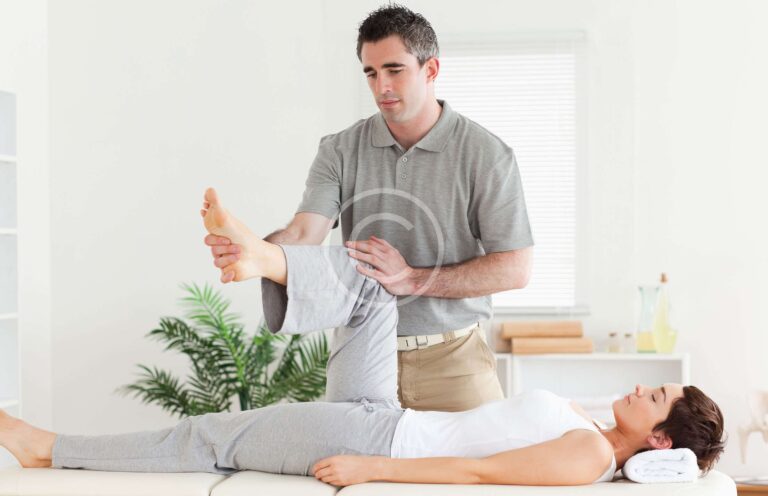The Art of Thai Massage: A Traditional Healing Technique
Thai massage is a traditional healing technique that originated in Thailand over 2,500 years ago. It is a form of bodywork that combines yoga, acupressure, and Ayurveda practices. Thai massage is also known as “Nuad Bo-Rarn” in Thai, which means ancient massage. It is considered to be one of the oldest forms of healing practices in the world. This article will explore the art of Thai massage, its benefits, and how it is performed.
History of Thai Massage
The origins of Thai massage can be traced back to India, where Ayurvedic medicine and yoga practices were developed. The founder of Thai massage, Jivaka Kumar Bhaccha, was a physician to the Buddha. He brought his knowledge of Ayurvedic medicine and yoga practices to Thailand, where it evolved into the art of Thai massage.
Over the centuries, Thai massage has been passed down through generations of practitioners. It has been influenced by other traditional healing practices in the region, such as Chinese medicine and Shiatsu. Today, Thai massage is recognized as a traditional healing practice in Thailand and is becoming increasingly popular around the world.
Benefits of Thai Massage
Thai massage is known for its therapeutic benefits. It can help to improve circulation, flexibility, and range of motion. It can also help to reduce stress, anxiety, and tension in the body. Other benefits of Thai massage include:
Relief from pain and stiffness
Thai massage can help to relieve pain and stiffness in the body. It works by applying pressure to specific points on the body, which helps to release tension in the muscles and joints.
Improved flexibility and range of motion
Thai massage involves stretching and bending the body in various positions. This can help to improve flexibility and range of motion, which can be beneficial for athletes and people who sit for long periods.
Increased energy and vitality
Thai massage can help to increase energy and vitality in the body. It works by stimulating the flow of energy through the body, which can help to reduce fatigue and improve overall wellbeing.
Improved immune system function
Thai massage can help to boost the immune system by increasing the production of white blood cells. This can help to improve the body’s ability to fight off infections and diseases.
How Thai Massage is Performed
Thai massage is performed on a mat on the floor, with the client dressed in loose clothing. The practitioner uses their hands, feet, elbows, and knees to apply pressure to specific points on the body. The massage typically begins with the feet and legs and progresses up the body to the shoulders, neck, and head.
Pressure point therapy
Pressure point therapy involves applying pressure to specific points on the body to relieve tension and pain. This technique is similar to acupressure and is believed to help stimulate the body’s natural healing processes.
Stretching
Thai massage involves stretching and bending the body in various positions. This can help to improve flexibility and range of motion, as well as relieve tension in the muscles and joints.
Joint mobilization
Joint mobilization involves moving the joints through their full range of motion. This can help to improve joint health and reduce stiffness.
Energy work
Energy work involves stimulating the flow of energy through the body. The practitioner may use their hands to apply gentle pressure to certain points on the body to help balance the energy flow.
The art of Thai massage requires a skilled practitioner who has received training in the techniques and traditions of Thai massage. It is important to choose a reputable practitioner who has a thorough understanding of the practice and can tailor the massage to your individual needs.
Conclusion
Thai massage is a traditional healing technique that has been practiced.






